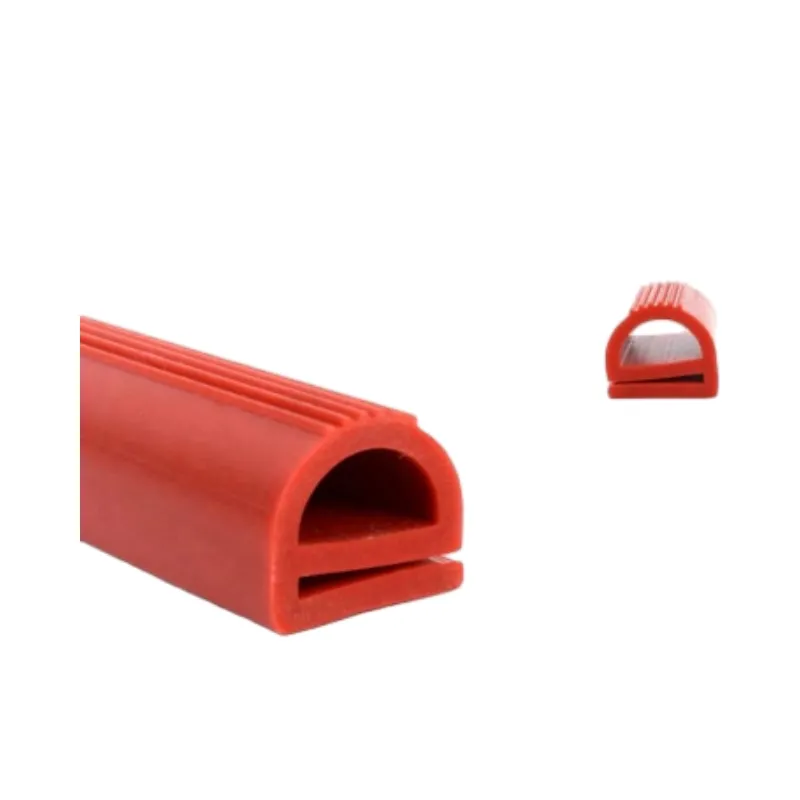vertical drainage mat
Understanding Vertical Drainage Mats A Key Innovation in Water Management
In the realm of civil engineering and environmental management, effective water drainage is crucial for the sustainability of both agricultural practices and urban development. Among innovative solutions designed to enhance drainage performance, vertical drainage mats have emerged as a pivotal technology. These mats are primarily employed to facilitate the efficient removal of excess water from soil and other substrates, significantly improving the stability and functionality of various infrastructures.
What Are Vertical Drainage Mats?
Vertical drainage mats, also known as geocomposites or drainage geotextiles, are engineered products designed to promote water flow and manage groundwater levels. Typically made from synthetic materials such as polypropylene or nylon, these mats consist of a permeable layer that allows water to pass through while minimizing soil erosion. Their design often includes a geotextile fabric that encases a core structure, allowing for the easy passage of water while preventing the intrusion of sediment.
Applications of Vertical Drainage Mats
1. Construction and Civil Engineering In construction projects, especially those involving high water tables or poor drainage conditions, vertical drainage mats are employed to mitigate the effects of excess moisture on the foundation. They are strategically placed around building foundations to channel water away, ensuring that the load-bearing capacity of the soil remains intact.
2. Landfills and Waste Management Vertical drainage mats are also crucial in landfill design. They help manage leachate, the liquid that drains or leaches from a landfill, thereby preventing environmental contamination. By directing leachate to designated collection points, these mats play a critical role in promoting responsible waste management practices.
3. Agricultural Applications In farming, vertical drainage mats can be used to enhance soil drainage in areas prone to waterlogging. By improving water management in agricultural fields, these mats help optimize crop growth and yield. Farmers can benefit from increased soil aeration, reducing the risk of root diseases associated with excessive moisture.
4. Green Infrastructure Projects The rise of green infrastructure as a sustainable solution for urban drainage problems has led to increased use of vertical drainage mats in applications like green roofs and bio-retention systems. These mats help manage stormwater runoff, promoting infiltration and reducing flooding risks in urban areas.
vertical drainage mat

Benefits of Vertical Drainage Mats
The advantages of using vertical drainage mats in various applications are extensive
- Enhanced Drainage Efficiency By allowing for the rapid movement of water, these mats prevent the buildup of excess moisture, which can compromise structural integrity and soil health.
- Reduced Erosion The protective geotextile layer helps keep soil particles intact, preventing erosion even in areas prone to heavy rainfall or construction disturbances.
- Cost-Effective Solution Implementing vertical drainage mats often proves less expensive compared to traditional drainage systems, which may require extensive excavation and grading.
- Eco-Friendly Options Many manufacturers are now producing biodegradable or recycled vertical drainage mats, aligning with global sustainability goals and reducing environmental impact.
Conclusion
In conclusion, vertical drainage mats represent a significant advancement in water management technology, with applications ranging from urban development to agriculture. Their ability to efficiently manage water flow, reduce erosion, and provide cost-effective solutions makes them an invaluable tool in various fields. As the challenges related to water management continue to grow with urban expansion and climate change, innovations like vertical drainage mats will play an increasingly vital role in safeguarding our infrastructure and ecosystems.
-
Under Door Draught Stopper: Essential ProtectionNewsJul.31,2025
-
Garage Door Seal and Weatherstrips for ProtectionNewsJul.31,2025
-
Edge Banding Tape for Perfect EdgesNewsJul.31,2025
-
Table Corner Guards and Wall Corner ProtectorsNewsJul.31,2025
-
Stair Nose Edging Trim and Tile Stair SolutionsNewsJul.31,2025
-
Truck Bed Rubber Mats for Pickup BedsNewsJul.31,2025
-
Window Weather Stripping for Noise ReductionNewsJul.29,2025